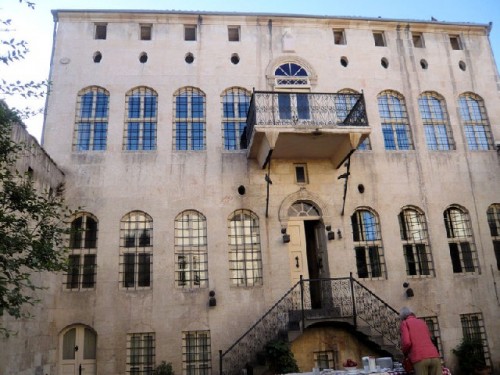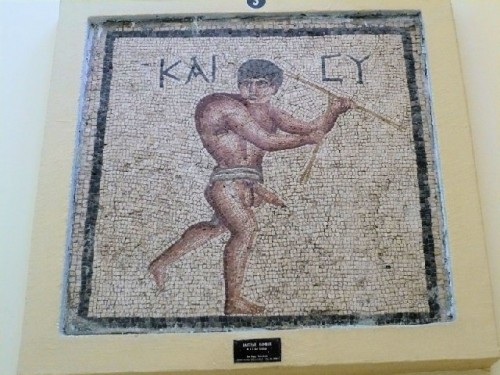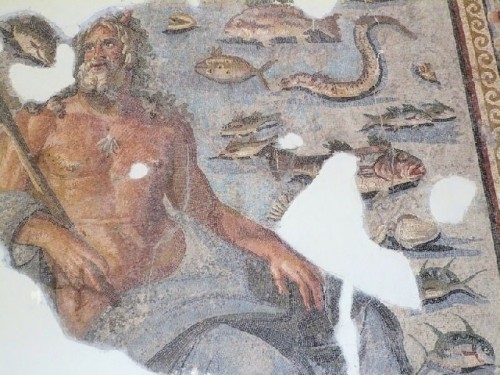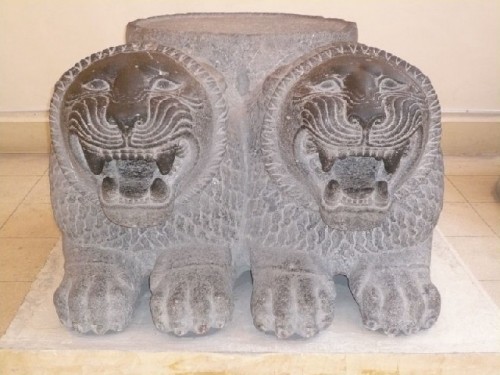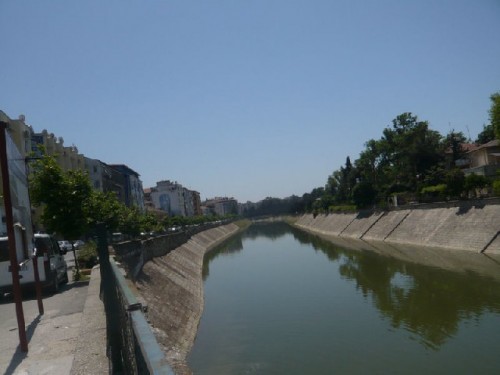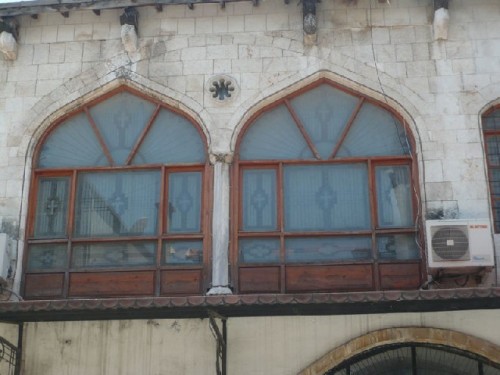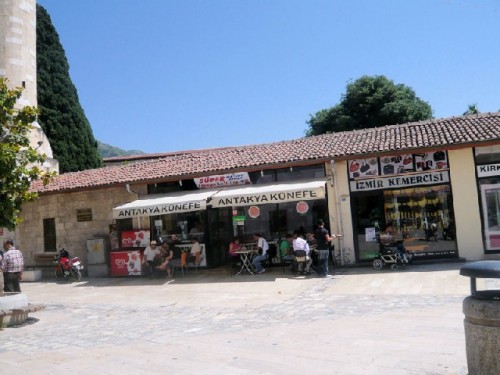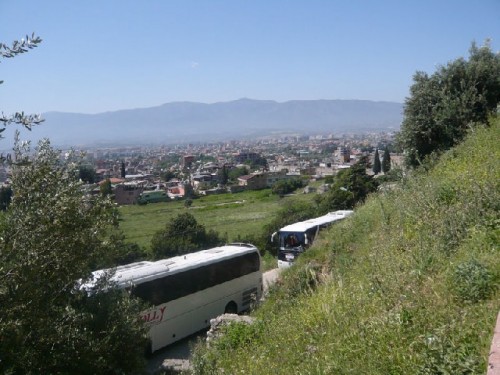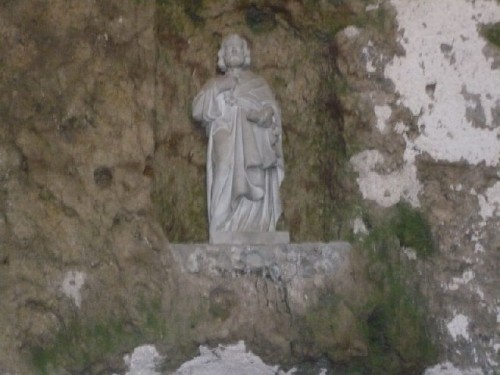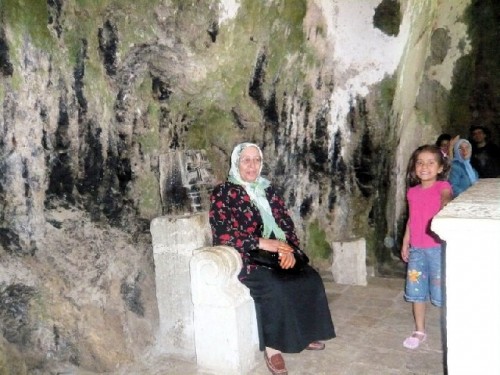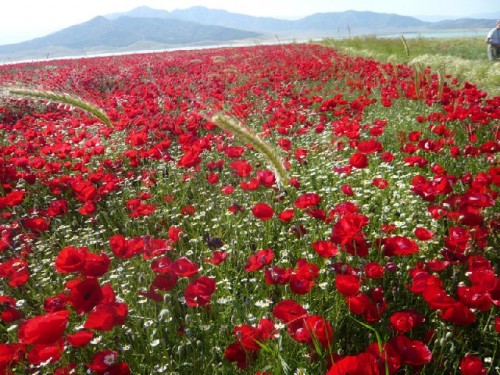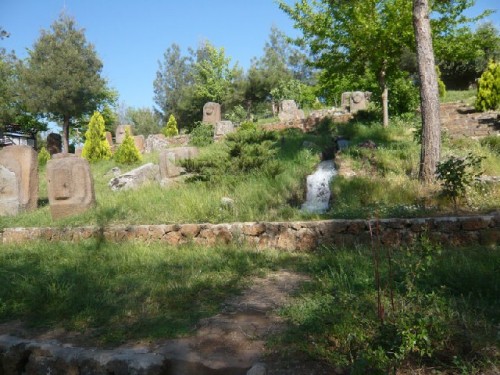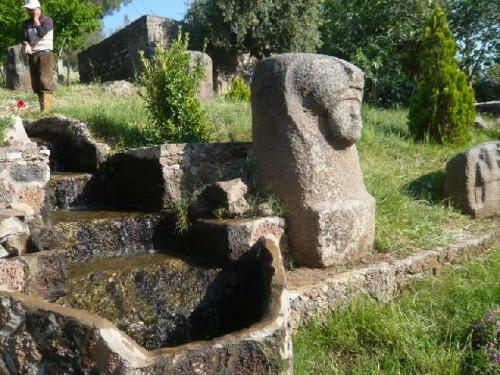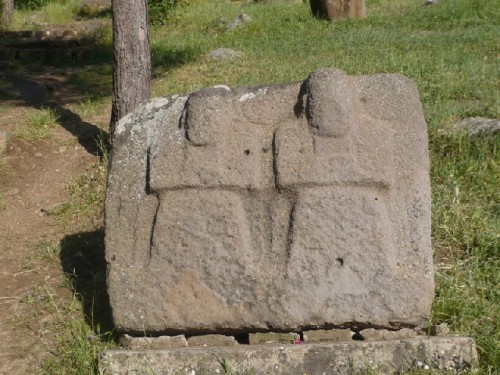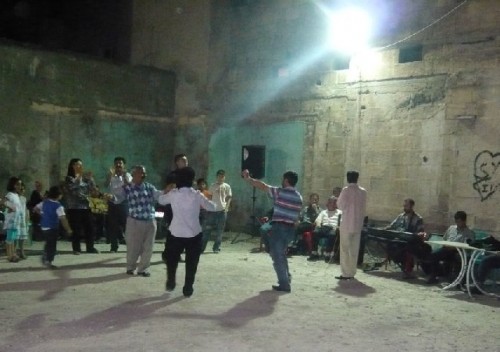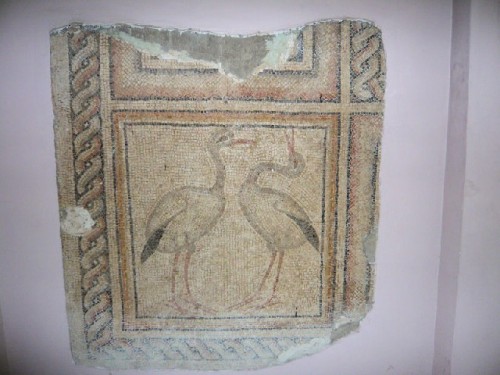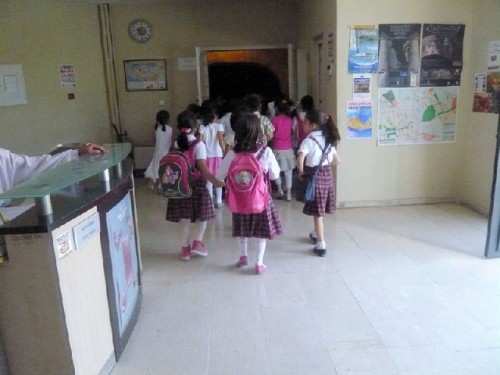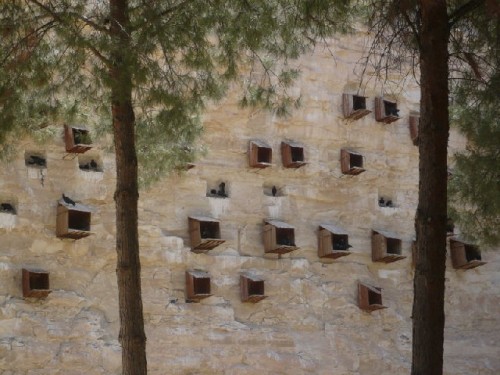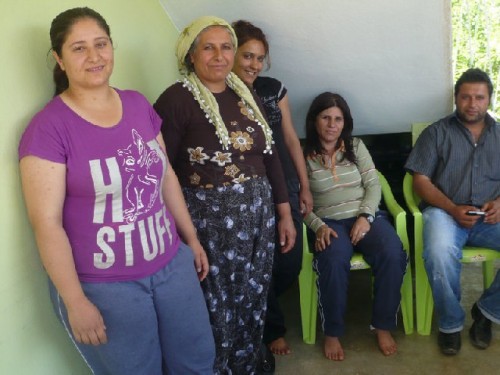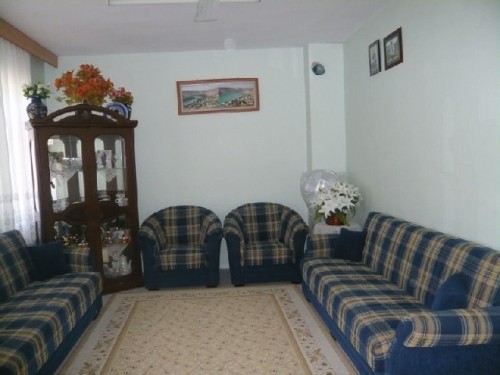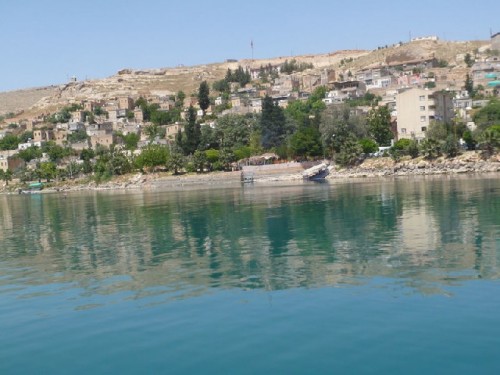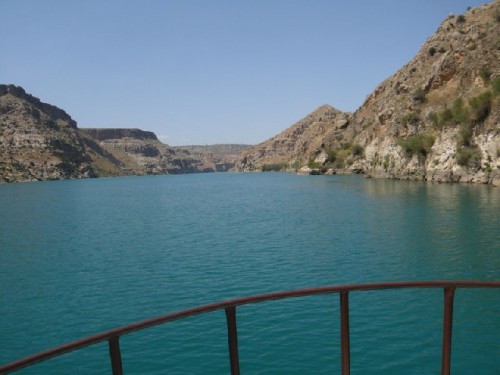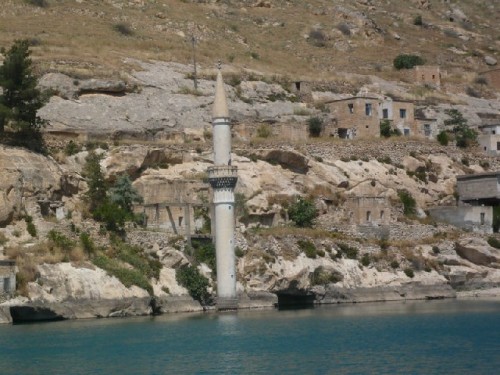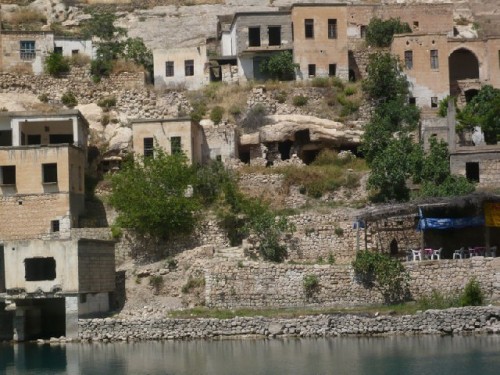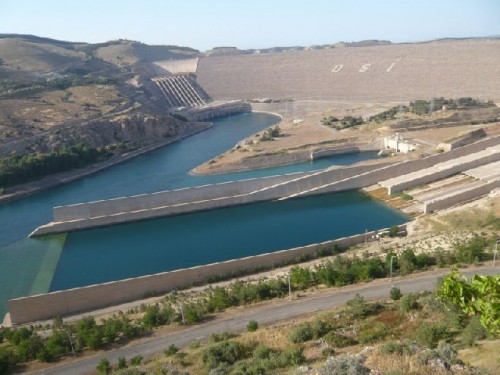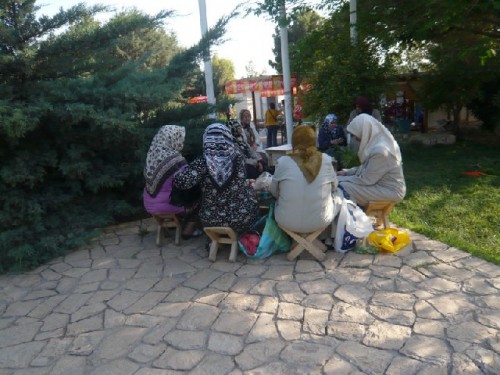Beyond Istanbul: Turkey's Magical Hideaways
Part One: Antakya and Gaziantep
By: Zeren Earls - Sep 13, 2009
Since retirement I have been going to Turkey twice a year, in the spring and in the fall for about a month each time. These trips give me a chance to visit with friends and relatives, as well as explore parts of the country outside of Istanbul, my hometown. In May I accompanied a group of American friends on a three-week tour of Turkey. Although our itinerary – Turkey's Magical Hideaways, arranged through Overseas Adventure Travel (1 800 873 5628) - included regions I had visited before, I knew there would still be discoveries for me, as Turkey is an evolving open-air museum. Currently there are 33,000 archeological sites in Anatolia, which means "the land of the rising sun" in Greek. The Anatolian peninsula has been a land bridge between Asia and Europe, hosting twenty-seven civilizations throughout history.
Upon arrival in Istanbul, the group flew to Gaziantep, the starting point of our pre-trip to southeastern Turkey. Our hotel, Anadolu Evleri (Anatolian Houses), consisted of several historic buildings surrounding an inner courtyard. Restored and furnished in keeping with their history, they featured the owner's collection of country antiques, enhancing their charm. My roommate, Gayle, and I occupied the bridal suite with a wrought-iron balcony, overlooking the courtyard, where we had our meals.
The breakfast buffet introduced us to regional specialties in addition to the regular fare of cheese, olives, tomatoes, cucumbers and fresh bread from the bakery. Two that stand out are: zahter, cumin ground with sesame seeds, enjoyed with chunks of bread dipped in olive oil; and hazelnut spread with molasses, made by boiling grape juice and thickened with yeast. Following our bountiful breakfast, we set out for our day's journey to Antakya, ancient Antioch, located in the Orontes valley at the foot of Mt.Silpius, 25 kilometers from the Mediterranean and 50 kilometers from the Syrian border.
During our three-hour scenic ride, heading west and then south, we passed by farmlands of wheat, barley, chickpeas and lentils. Tents of seasonal workers dotted the countryside of olive and pistachio groves alternating with vineyards. Red poppies intermittently blanketed the landscape. Near snow-capped Mount Nur, we turned south. From a distance a minaret signaled Islahiye, a town of charming fruit gardens surrounding brick houses, where carpets hung from their balconies for daily freshening. As we traveled south, solar panels appeared on rooftops and olive groves gave way to cotton fields, with textile factories joining in the scenery. On a hillside a slogan - "once vatan", meaning, "homeland first" - played up the patriotic sentiments of the locals.
Our first stop in Antakya was the Hatay museum, named after the province, where some of the largest sets of 2nd, 3rd and 4th- century Roman mosaics have been discovered. In addition to this mosaic collection, the museum houses artifacts dating back to the Assyrian, Hittite, Hellenic, Roman and Byzantine periods. The mosaics depict mythological scenes of battles between gods and giants, as well as figures such as Daphne, Dionysus, Oceanus and Orpheus, underlying Antioch's fame as the "Queen of the Orient" because of its wealth of splendid artworks. The third biggest city in the Roman Empire after Rome and Alexandria, Antioch was also an important center of international trade.
Lunch was at Anadolu Restaurant in the old town center, where we enjoyed Antakya's famed grilled chicken, and other local specialties, such as fresh thyme salad, humus thickened with lots of tahini and kunefe, a dough-based dessert filled with melted cheese and soaked in syrup. The city center, lined with cafes, featured signs for kunefe to entice passers-by. There is not much evidence of the old metropolis in the modern city due to terrible earthquakes and floods, and excavations are hindered by the fact that the city is built over the foundations of the ancient settlement.
A highly cosmopolitan city of half a million people, Antioch was the fertile ground for the spread of Christianity due to its open cultural climate, which led the way to the initial contact between Jewish and pagan Christians. It was in this multi-faceted city that the disciples of Jesus were first called "Christians", term designating a well-defined group clearly distinguishable from the Jews who did not believe in Jesus, the Christ. Tradition has it that the first Christian community met in the cave church known as "St. Peter's Grotto".
Our visit to the church was my fourth, my first having been with our history teacher when I was a junior in high school. I have a class photo taken in front of the church's oriental façade, made of local stone during restoration in 1863. It is believed that the grotto was given to the early church by Luke the Evangelist, a native of Antioch. Traces of the original floor mosaics remain; an earlier wooden altar was replaced by a stone one, above which the white marble statue of St. Peter sits in a niche. In 1990 the "seat" was installed behind the altar to recall the "Chair of St. Peter in Antioch". The Capuchin fathers, representatives of the Catholic Church in Antioch since 1846, celebrate mass there on the main festivals of the liturgical calendar, including midnight mass at Christmas. Proclaimed by the Vatican as a holy place in 1983, the grotto is nestled in a hillside with sweeping views of the modern city below.
Heading back to Gaziantep, our tour guide, Nedime, led us to a wonderful discovery on the eastern slopes of Yesemek, a village 27 km. southeast of the town of Islahiye. In the Yesemek Open-Air Museum, we wandered amidst stone lions, sphinxes and mountain gods dating back to 2000 BC, the Hittite period. This location, discovered in 1890 near a quarry, was the Near East's largest sculpture workshop, where basalt blocks were roughed out and shipped unfinished to other destinations. The visually exciting walk-about shows the rough-outs in different stages of production.
Upon our return to the hotel, a delightful surprise awaited. Attracted by the loud music nearby, we walked over to find out that this was a send-off party for a young man reporting to military service. Relatives, friends and neighbors filled an off-the-street courtyard; women sat in the perimeters while men and children, including the recruit in a white shirt, danced in the center. Sending off a son to the army is considered an honor for most traditional families, and in case of loss they are comforted by the fact that their son died for his country. The city is renowned by the bravery of its inhabitants in 1920, when it was attacked and occupied by French forces. Since the enemy was forced to withdraw, the Grand National Assembly later recognized the city for its heroism by bestowing the title Gazi, or "veteran" onto its Ottoman name Antep.
Later in the evening, we walked over to the nearby baklava shop to indulge in Gaziantep's honey-soaked, filo-dough pastry filled with pistachio nuts, which also contributes to the city's fame. We then stocked up on pistachio crackers as gifts, since Gaziantep is the only city where this useful item is found.
Due to Gaziantep's strategic location between northern Mesopotamia and the Mediterranean, it was one of Anatolia's earliest settlements to host many civilizations. The city's attractive museum houses a wide variety of artifacts ranging from Neolithic skeletons to Hittite pottery to Roman mosaics and statues. The Zeugma excavations, prompted by the construction of a nearby dam, have increased recognition of the city, which has now risen in archeological terms to second place after Tunisia, surpassing Antioch and its extensive collection of Roman mosaics. Although much has been looted from Turkey, there is still plenty to see, making the museum visit a worthwhile experience.
Other highlights of our Gaziantep tour were lunch with a local family, a boat ride on the Euphrates and a visit to Ataturk Dam. Over lunch we visited with some members of a traditional family: mother, daughter, son and his wife, who in-laws refer to as the "bride" or gelin. The bride always moves in with the husband's family, and is called gelin no matter how long she has been married. She is basically the right hand for the mother-in-law in performing household chores.
Driving east, we stopped briefly in Birecik to view the bird sanctuary known for its black ibis, and continued on to Halfeti, where we embarked our boat. We cruised to the Roman fortress Rumkale, built in 840 BC and dominated by many powers throughout history, and then to the sunken city of Savas Han, a victim of the rising waters of the dam project. A single minaret rose from the water at the edge of the river, its mosque submerged.
The dam construction project involves a total of twenty-two dams, fourteen on the Euphrates and eight on the Tigris. Costing 32 billion dollars and projected to be finished in 2010, it will irrigate 80% of the country's farmland. The Ataturk Dam is the biggest in Turkey and the fourth largest in the world, with 26-km. - long irrigation tunnels connecting to other canals. The park at the dam entrance is open for recreation; people come here to cool off and to picnic. There is a memorial sculpture in the park to commemorate those who have lost their lives during the construction.
Our next destination was Adiyaman where we spent the night before embarking on a different adventure: the ascent of Mount Nemrut.

